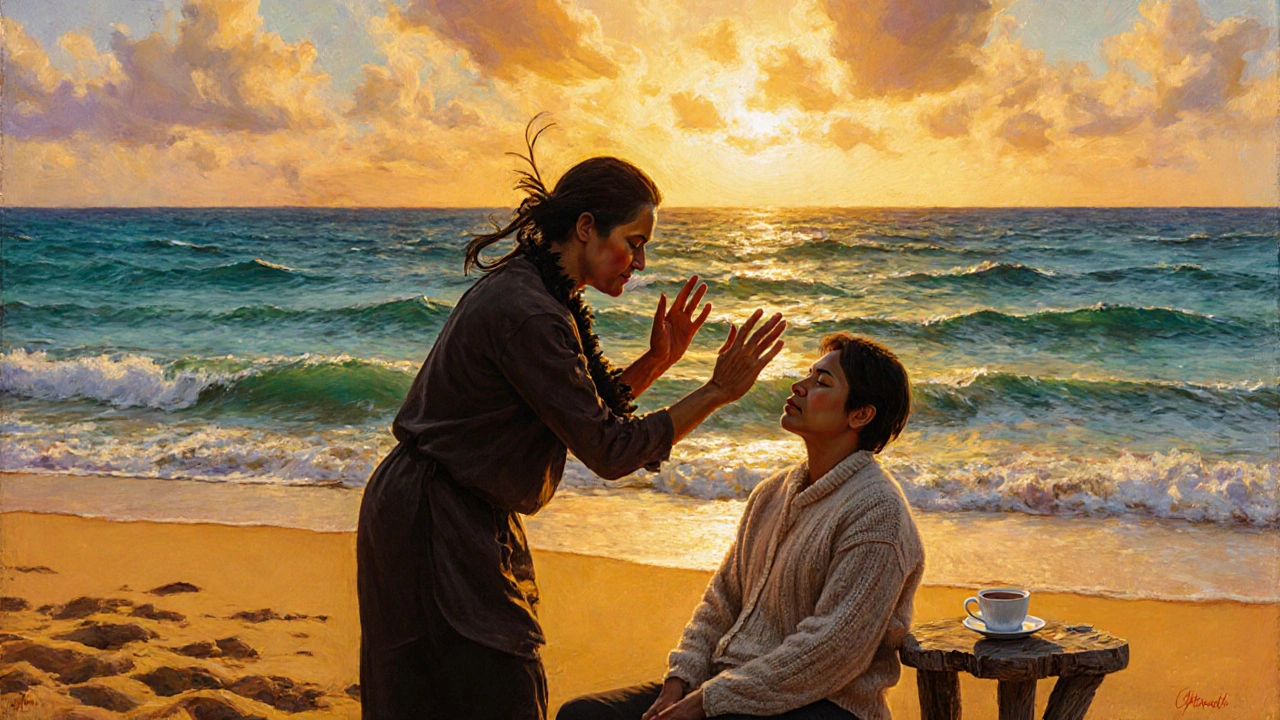Traditional Massage Therapy – What You Need to Know
If you’re looking for a simple way to relieve tension, improve circulation, and feel more relaxed, traditional massage therapy might be the answer. It’s the kind of touch most people picture when they hear the word “massage” – steady strokes, kneading, and pressure applied by skilled hands. Unlike trendy or niche modalities, traditional massage sticks to time‑tested techniques that work for a wide range of bodies and needs.
From easing sore muscles after a workout to calming a hectic mind, the benefits are both physical and mental. The biggest draw is that you don’t need any special equipment or a steep learning curve to get started – just a qualified therapist who knows how to read your body’s signals.
Core Techniques of Traditional Massage
Traditional massage usually combines three basic moves:
- Effleurage – long, gliding strokes that warm up the tissue and improve blood flow.
- Petrissage – kneading and rolling that releases deeper muscle knots.
- Friction – firm circular motions that target specific tight spots.
Because the strokes are predictable and steady, many people find it easy to breathe deeply and let go of stress. The rhythm also signals the nervous system to shift from “fight‑or‑flight” to a calmer state, which can lower heart rate and improve mood.
Choosing the Right Therapist & Getting Started
Finding a good therapist is half the success of traditional massage. Look for someone with certified training, preferably a massage school diploma or a recognized certification like Swedish or deep tissue. Many therapists list their specialties online, so you can match their expertise to your goals – whether you want a full‑body relaxation session or a targeted back treatment.
Before you book, ask a few practical questions:
- What pressure level do you recommend for a first‑timers?
- Do you use any oils or lotions, and can I choose hypoallergenic options?
- How do you handle areas that feel uncomfortable during the session?
When you arrive, communicate openly. Let the therapist know if the pressure feels too light or too strong, and point out any sore spots you’ve noticed. Most therapists appreciate feedback and will adjust on the fly – that’s how you get the most out of the session.
After the massage, drink plenty of water. It helps flush out metabolic waste that the body released during the treatment. You might feel a little sleepy or unusually energized – both are normal responses to the increased circulation and relaxation.
Traditional massage therapy fits into many lifestyle routines. You can schedule a weekly session for ongoing stress management, or book a few sessions before a big event to keep muscles loose. Pair it with simple home stretches or light yoga to extend the benefits throughout the week.
In short, traditional massage offers a reliable, accessible way to support your body and mind. By understanding the core techniques, choosing a qualified therapist, and staying honest about your comfort level, you set yourself up for a calming, effective experience that you’ll want to repeat.
Explore the origins, benefits, and practice of Lomi Lomi Massage - an ancient Hawaiian bodywork that blends rhythm, breath, and spirit for deep healing.


 Health and Wellness
Health and Wellness